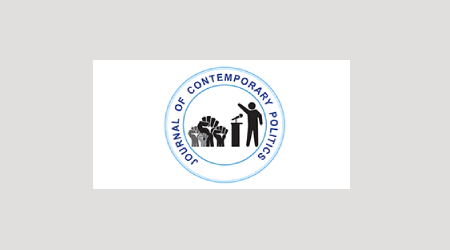


Journal of Contemporary Politics
DOI: 10.53989/jcp.v1i2.9
Year: 2022, Volume: 1, Issue: 2, Pages: 42-48
Original Article
Samuel Jacob Kuruvilla ✉ 1
Received Date:19 September 2022, Accepted Date:22 November 2022, Published Date:28 December 2022
This article deals with the democratisation debate in the Arab world. The region remains one of the least receptive regions in the world towards the popularly and universally accepted Western norm of liberal Democracy. This is at odds with the location and general direction in which these nations and the people of these nations look for inspiration and direction. Today the Arab world stands at a crossroads, seemingly torn between the forces of the new Cold War. The region appears to be a new battlefield for the proxy war between the West and Russia, with Syria and Yemen being the best examples of this phenomenon. This is particularly tragic, given that in the last Cold War that started in 1945 and ended in 1991, this region was the zone of a number hot-engagements that resulted in hundreds of thousands of deaths, displacement of people, huge refugee crises (the Palestine-Israel issue, Yemen Civil War, etc) and general instability in the region. This instability in turn provided the impetus for Strong-men and Dictators to take charge in many nations of the region. As a result, the move towards a liberal democratic stature in the region took a back-burner. This article will seek to look at this issue from the perspective of the Arab Spring.
Keywords: Democratic, Arab world, Arab spring
© 2022 Published by Bangalore University. This is an open-access article under the CC BY license (https://creativecommons.org/licenses/by/4.0/)
Subscribe now for latest articles and news.